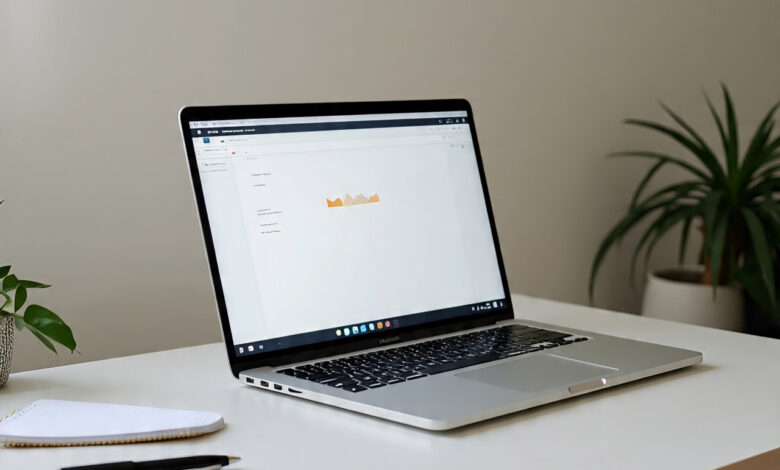Why Digital Minimalism Is the New Self-Care

The Rise of Always-On Living
Everywhere we turn, screens compete for our attention. Notifications, pings, alerts, and messages pile up before we’ve even had our morning coffee. While technology offers convenience, it also leads to exhaustion. Many of us feel scattered, overwhelmed, and mentally drained by the endless scroll of digital life.
This is where digital minimalism enters the picture not as a rejection of technology, but as a smarter, more mindful way to engage with it. It offers a clear path to regaining control, improving mental health, and finding focus in a distracted world. As we become more aware of the toll digital overload takes on our well-being, more people are turning to this approach as a new form of self-care.
What Is Digital Minimalism?
Digital minimalism is about using technology with purpose. It means identifying which digital tools and platforms truly add value to your life and eliminating the rest. The goal isn’t to live off the grid, but to be more intentional with how we spend our time and energy online.
For example, someone practicing digital minimalism might delete social media apps from their phone, turn off push notifications, or limit screen time after work hours. Instead of being constantly connected, they choose when and how to interact with technology.
This mindset applies not only to our phones but to our digital tasks and tools as well. If you’re a professional or small business owner, digital minimalism can help streamline your workflow. For instance, when preparing materials like a brochure or a business card print, you might choose one platform that does it all instead of juggling multiple apps. Simplifying your digital choices allows for less stress and more focus.
How Digital Clutter Affects Mental Health
The more cluttered our digital lives become, the more we experience stress, anxiety, and mental fatigue. Constant notifications, app-switching, and digital multitasking can fragment our attention and reduce productivity. Even downtime gets disrupted by habit-driven checking of emails or scrolling through feeds.
Over time, this wears down our ability to concentrate, sleep well, and feel present in the moment. It’s no wonder that burnout is becoming more common, not only among professionals but in everyday life. The pressure to be always available, always up-to-date, and always responsive contributes to a constant state of low-grade stress.
Digital minimalism offers relief. By removing the unnecessary, we make room for calm, clarity, and intention. It allows us to take back our time and mental space, and to build habits that support long-term well-being.
Key Benefits of Digital Minimalism
1. Better Focus
Reducing digital noise helps improve concentration. Without dozens of open tabs and notifications, we’re able to commit fully to one task at a time. This deep focus often leads to better quality work and more satisfaction with the results.
2. Lower Stress Levels
When digital clutter is reduced, stress often follows. Many people report feeling calmer and more relaxed once they limit screen time or remove non-essential apps from their lives.
3. Improved Sleep
Blue light from screens and late-night scrolling can interfere with sleep. Establishing screen-free hours before bed helps the body wind down and leads to more restful nights.
4. More Meaningful Relationships
When we disconnect from devices, we reconnect with people. Whether it’s a meal without phones or a walk without checking messages, small changes lead to more presence and deeper conversations.
5. Stronger Personal Boundaries
Digital minimalism encourages clearer boundaries between work and personal time. This separation is essential for preventing burnout and maintaining a healthy life balance.
Getting Started with Digital Minimalism
If you’re curious about adopting digital minimalism, start with a few small changes:
- Audit your apps: Which ones do you actually use? Which bring value? Delete or hide the rest.
- Limit notifications: Turn off non-essential alerts so you’re not interrupted all day.
- Set screen-free times: Choose parts of the day (like mornings or meals) to stay off your devices.
- Consolidate digital tools: Instead of using five platforms for one task, find one that does it efficiently.
- Practice intentional use: Before you open an app, ask yourself why. Is it a habit or a purpose?
These steps don’t have to be extreme. Even modest adjustments can have a big impact over time.
Stories from Everyday Life
Many who have embraced digital minimalism say they feel more in control of their time and attention. They report finishing books, picking up old hobbies, and feeling more connected with family and friends. Some also notice increased creativity and improved emotional well-being.
A common thread among these stories is the realization that more tech does not always mean better living. In fact, it’s often the opposite. When we pause and filter what we allow into our digital lives, we open up space for what really matters.



